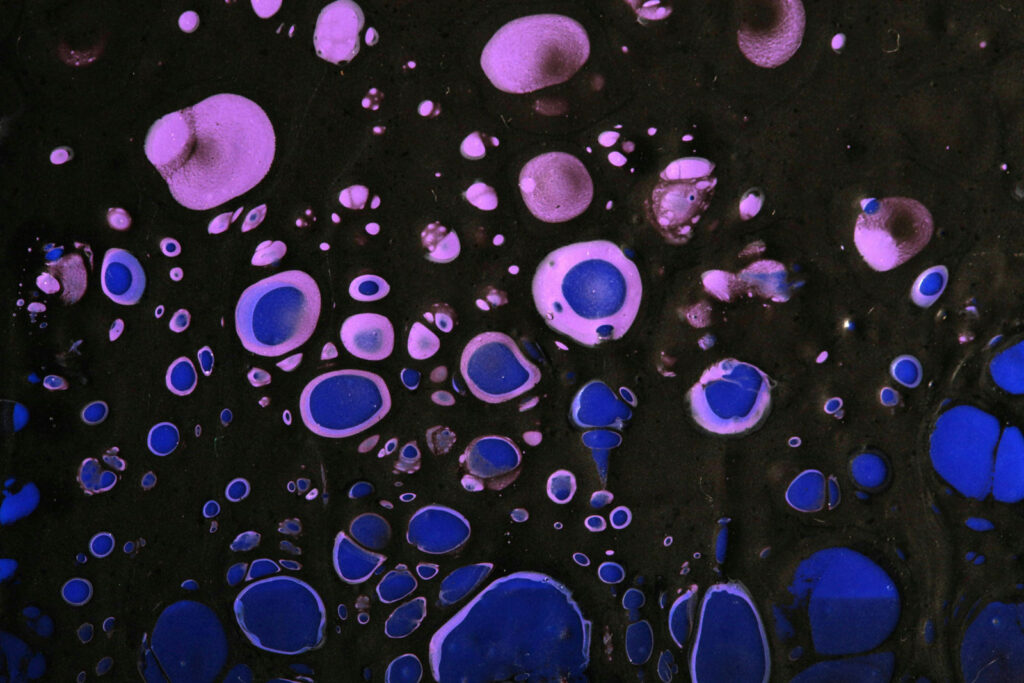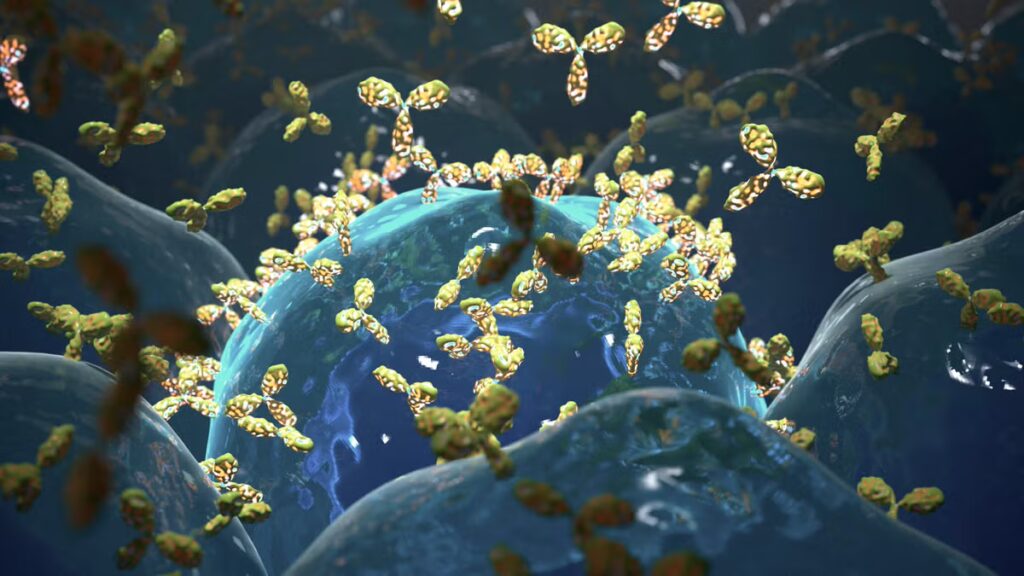In the US, the principle of file wrapper estoppel is well established. Submissions made in US patent prosecution may be highly influential for claim interpretation post-grant. Additionally, as recently highlighted in K-fee v Nespresso (Case No. 22-2042, Fed. Cir. Dec. 26, 2023), file wrapper estoppel in the US does not stop at the US file wrapper. Submission made in other jurisdictions, including Europe, may also be cited against the patentee.
Case background
K-fee brought an infringement action against Nespresso for infringement of three patents in US patent family US 10858176. The patent related to a coffee machine and the use of barcodes to prevent incompatible capsules from being used in the machine. Construction of the term “barcode” was critical to the infringement question. The parties were in agreement that the plain and ordinary meaning of the word barcode should be applied, but disagreed as to what constituted the plain and ordinary meaning. Nespresso argued that barcode should be interpreted to mean a code formed from visually non-uniform-width bars, and as such, “barcode” did not include bit codes formed from only two symbols. K-fee argued that the term barcode did encompass bit codes.
Use of European file history in US claim interpretation
The Federal Circuit applied the case law of Intel v Qualcomm (21 F.4th 801, 808 (Fed. Cir. 2021), according to which claim language should be interpreted according to its “ordinary meaning in the context of the claim and the whole document; [and] the specification particularly, but also the prosecution history”. Neither the claim nor the description of the patent defined the term barcode. The question before the Federal Circuit was whether submissions made by K-fee in European opposition (considered “EPO prosecution” by the US courts) narrowed the ordinary meaning of the term barcode and/or were evidence of K-fee disclaiming certain subject matter from the definition.
The corresponding European patent (EP 3023362) had been opposed for lack of novelty, for which interpretation of the term “barcode” was also critical. The prior art disclosed a code used in a coffee machine, wherein the code was formed of a succession of small rectangular surfaces encoding two states, i.e. a bit code formed from two small rectangles. The Opponent argued that this code in the prior art corresponded to a barcode as specified by the granted claim. Citing Wikipedia, K-fee argued on the contrary that a skilled person would not normally understand the term barcode as including the bit code disclosed in the prior art. Instead, K-fee argued that the normal meaning of barcode was a line code constructed of bars having variable widths, and the rectangles in the code of the prior art were of the same width. Under European patent law, therefore, K-fee submitted that the prior art did not directly and unambiguously disclose a barcode. The Opposition Division agreed, and the novelty attack was rejected (currently under appeal).
Returning to the US case, Nespresso argued that K-fee’s submissions during European opposition narrowed the meaning of barcode in the US claims. Nespresso particularly argued that K-fee’s European submission specifically excluded bit codes from the definition of barcode.
The Federal Circuit agreed with the district court that K-fee’s submissions during opposition in Europe were relevant to interpretation of the claim in the US. However, for the Federal Circuit, the district court had taken a too narrow view of K-fee’s arguments in Europe. For the Federal Circuit, it was clear that K-free had not been arguing in Europe that no bit code could be considered a barcode, just that not all bit codes could be considered barcodes. The Federal Circuit instead interpreted K-fee’s submissions in Europe as whole to confirm K-fee’s proposed interpretation of barcode in the US as “a code using bars of varying width”. As such, the Federal Circuit concluded:
“the relevant artisan reading the asserted patents and their prosecution history (the latter now accepted by the parties to include the EPO opposition submission) would understand “barcode” to refer to line-code messages, displaying bars, that are characterized by the varying-width visual appearance of the bars in the messages” (page 12, paragraph 2)
The Federal Circuit was also not convinced that anything K-fee had said in the European case had specifically disclaimed or provided a new meaning for “barcode”. The Federal Circuit accordingly reversed the decision of the district court on the correct construction of the patent claims and remanded the case.
Final thoughts
The decision in K-fee v Nespresso is a reminder that an international perspective is essential for successful patent strategy regardless of any differences in the standards of patentability. In Europe, national jurisdictions vary with regards to whether the file wrapper may be taken into account for claim interpretation. Before the EPO, prosecution history is not usually considered relevant to claim interpretation post-grant. Recent Boards of Appeal decisions have not even considered the description relevant to the definition of clear claim language. By contrast, the judges in a recent UPC decision took what appeared to be the Dutch approach to claim interpretation and interpreted the granted claims of the patent in view of the original claims as filed and prosecution history. Regardless of the approach eventually settled on by the UPC, the decision in K-fee v Nespresso is a reminder for constant vigilance in European prosecution if patentees are to avoid shooting themselves in the foot with respect to their US patent strategy.
Author: Rose Hughes
This post is based on a previous article on IPKat.






